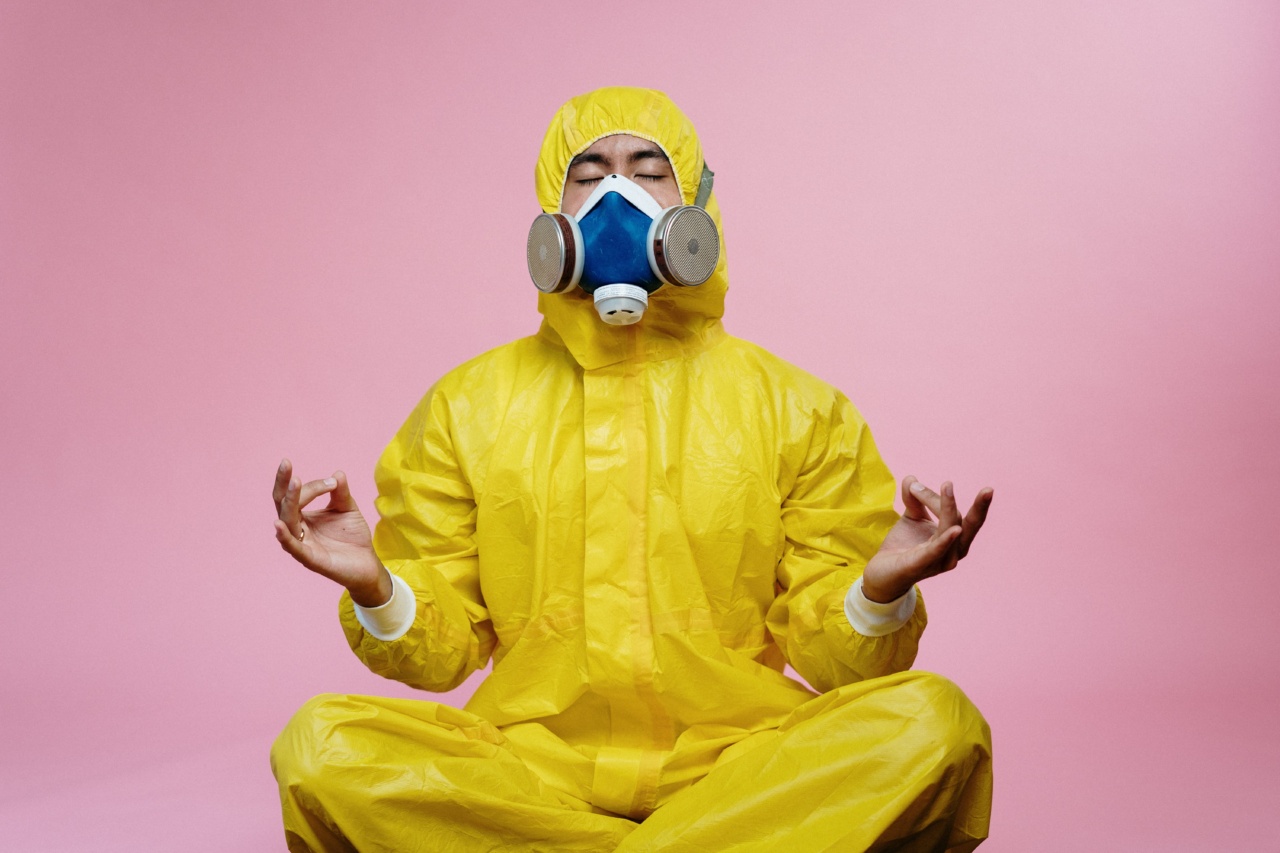Botox, a neurotoxic protein derived from the bacteria Clostridium botulinum, has gained significant popularity in recent years as a cosmetic treatment for reducing the appearance of wrinkles and fine lines.
However, with the increasing demand for aesthetic improvements, there has also been a growing trend of adolescents seeking Botox injections at an alarmingly young age. This raises serious concerns among healthcare professionals regarding the safety and ethical implications of administering Botox to individuals who are still in the midst of their physical and psychological development.
The Dangers of Botox in Adolescents
While Botox is generally considered safe for adult use when administered by trained professionals, its safety in adolescents is not as well established.
The use of Botox in adolescents is considered off-label, meaning it is not approved by regulatory authorities for this specific age group. This raises concerns about the lack of comprehensive research and data on the possible long-term effects and risks associated with Botox use in adolescents.
1. Impact on Brain Development
Adolescence is a critical period of brain development characterized by extensive neuronal restructuring and synaptic pruning.
The injection of Botox, which temporarily paralyzes muscles, may disrupt these essential physiological processes, potentially leading to long-term cognitive and developmental impairments. Limited studies suggest that Botox may affect brain plasticity and interfere with the formation of normal neural connections.
2. Psychological and Emotional Impact
Adolescence is a time of self-discovery and developing self-esteem. By seeking Botox treatments at a young age, adolescents may develop an unrealistic and unhealthy perception of beauty and place too much emphasis on physical appearance.
This can contribute to the development of body dysmorphia, low self-esteem, and mental health issues such as anxiety and depression.
3. Risks and Side Effects
Although Botox is generally well-tolerated by adults, its effects in adolescents may differ due to their unique physiological characteristics.
Possible side effects include muscle weakness, drooping eyelids, pain at the injection site, and allergic reactions. The long-term consequences of repeated injections during adolescence are still unknown, and health professionals must exercise caution when considering Botox as a cosmetic treatment for this age group.
4. Ethical Considerations
Administering Botox to adolescents raises significant ethical concerns. Cosmetic treatments at such a young age may perpetuate unrealistic beauty standards and reinforce the idea that one’s self-worth is solely based on physical appearance.
Furthermore, the decision-making capacity of adolescents is still developing, and they may not fully comprehend the potential risks and consequences associated with such procedures. It is essential for health professionals to prioritize patient well-being and consider the long-term implications before providing Botox treatments to adolescents.
5. Availability and Regulation
In many countries, Botox is regulated as a prescription drug for cosmetic purposes. However, the strict regulation of Botox administration in adolescents remains inconsistent.
This lack of regulatory oversight can lead to inexperienced practitioners offering Botox injections to underage individuals without fully understanding the potential risks and without obtaining proper informed consent from both the adolescents and their parents or guardians.
Conclusion
Health professionals must exercise caution when considering the use of Botox in adolescents for cosmetic purposes.
The lack of comprehensive research, potential risks to brain development, psychological implications, and ethical concerns necessitate a more nuanced and cautious approach. Until further long-term studies establish the safety and effectiveness of Botox in adolescents, it is imperative that health professionals prioritize the physical and psychological well-being of their younger patients.































